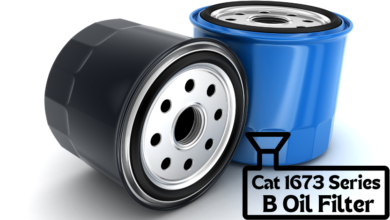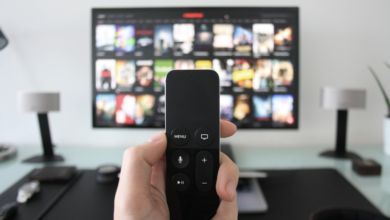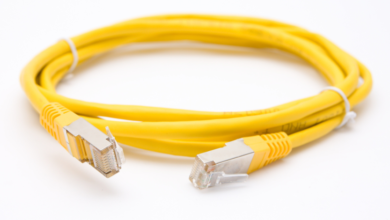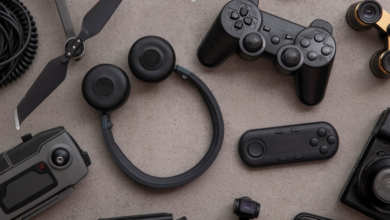Oem bluetooth bez aplikacji do tworzenia lustrzanych kopii ekranu telefonu
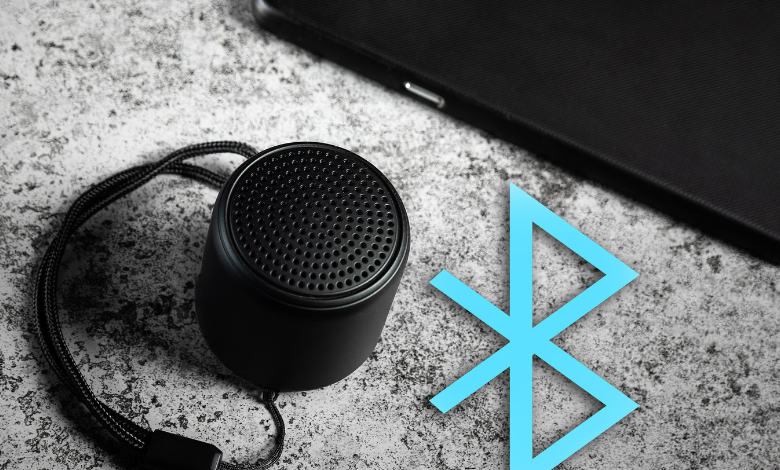
OEM, or Original Equipment Manufacturer, Bluetooth devices are hardware solutions designed and built by manufacturers to be integrated into various products, such as cars, home audio systems, and wearable technology. These devices provide wireless connectivity through Bluetooth technology, enabling seamless communication between devices.
Role in Technology
OEM Bluetooth devices are integral to modern technology, enhancing user experience by facilitating wireless communication without the need for physical cables. They offer versatility and convenience, supporting various functions like audio streaming, hands-free calling, and data transfer.
How OEM Bluetooth Works
Basic Functionality
OEM Bluetooth devices operate based on Bluetooth technology, which uses radio waves to transmit data between devices over short distances. The basic functionality involves pairing the device with a compatible Bluetooth-enabled product, allowing for wireless data exchange.
Bluetooth Standards and Protocols
Bluetooth technology is governed by specific standards and protocols, including Bluetooth Classic and Bluetooth Low Energy (BLE). These protocols define how devices communicate, ensuring compatibility and performance. OEM Bluetooth devices adhere to these standards to provide reliable connectivity.
The Concept of Screen Mirroring
Definition
Screen mirroring is a technology that allows users to display the content of their smartphone, tablet, or computer screen on a larger display, such as a TV or monitor. This feature is commonly used for presentations, media streaming, and gaming.
Common Uses
Screen mirroring is popular for its ability to share visual content with others. It’s commonly used in various settings, including home entertainment systems, business meetings, and educational environments.
OEM Bluetooth Devices Without Screen Mirroring Apps
Advantages
- Simplicity: These devices offer a straightforward setup without the need for additional apps. This makes them user-friendly and easy to operate.
- Cost Efficiency: By eliminating the need for screen mirroring apps, users can save on potential app costs and avoid subscription fees.
- Battery Life: Without the additional load of running a screen mirroring app, the device’s battery life is often extended.
Limitations
- Limited Functionality: These devices might not support screen mirroring, which could limit their use in scenarios where visual content sharing is required.
- Compatibility Issues: Some OEM Bluetooth devices may have compatibility issues with devices that require screen mirroring.
Benefits of Using OEM Bluetooth Devices Without Screen Mirroring
Simplicity
The primary benefit is the ease of use. Users don’t need to manage or install additional apps, making the setup process quicker and more straightforward.
Cost Efficiency
By not relying on apps for screen mirroring, users can avoid extra costs associated with app purchases or subscriptions. This can be particularly beneficial for budget-conscious consumers.
Battery Life
Devices that don’t run screen mirroring apps generally consume less power, leading to longer battery life. This is an important factor for portable and wearable Bluetooth devices.
Use Cases for OEM Bluetooth Devices Without Screen Mirroring Apps
Automotive Systems
In cars, OEM Bluetooth devices are commonly used for hands-free calling and audio streaming. They integrate seamlessly with the vehicle’s audio system, providing a wireless connection without needing additional apps for screen mirroring.
Home Audio Systems
Home audio systems equipped with OEM Bluetooth can stream music wirelessly from smartphones or tablets. These systems often focus on audio quality and ease of use, without requiring screen mirroring functionality.
Wearable Technology
Wearable devices such as fitness trackers and smartwatches use OEM Bluetooth to sync data with smartphones. These devices prioritize data transfer and connectivity over screen mirroring.
How to Choose the Right OEM Bluetooth Device
Compatibility
Ensure the Bluetooth device is compatible with your existing technology, such as smartphones, tablets, or car audio systems. Check for compatibility with Bluetooth standards and protocols.
Features to Consider
Look for features that match your needs, such as range, battery life, audio quality, and ease of use. Consider whether additional functionalities like voice control or noise cancellation are important.
Brand Recommendations
Brands like Bose, Sony, and Logitech offer reliable OEM Bluetooth devices. Research and choose reputable brands known for quality and performance.
Tips for Optimizing Your Bluetooth Experience
Connection Stability
To maintain a stable Bluetooth connection, ensure that there are minimal obstructions between the devices. Keep the Bluetooth range within the recommended distance to avoid interference.
Interference Management
Bluetooth operates on the 2.4 GHz frequency, which can be crowded with other wireless devices. Minimize interference by keeping other electronic devices away from your Bluetooth setup.
Troubleshooting Common Issues
Connectivity Problems
If you experience connectivity issues, try resetting the Bluetooth device and re-pairing it with your smartphone or other devices. Ensure that Bluetooth is enabled on both ends.
Audio Quality Issues
For poor audio quality, check the device’s audio settings and ensure it’s not affected by interference. Updating the device’s firmware or software can also help resolve audio issues.
Future Trends in OEM Bluetooth Technology
Innovations on the Horizon
The future of OEM Bluetooth technology includes advancements like improved data transfer rates, extended range, and enhanced audio quality. Innovations in Bluetooth 5.2 and beyond promise better performance and new features.
Impact of Emerging Technologies
Emerging technologies such as 5G and IoT (Internet of Things) will influence the development of OEM Bluetooth devices, leading to more integrated and intelligent connectivity solutions.
Conclusion
OEM Bluetooth devices without screen mirroring apps offer a streamlined, cost-effective, and user-friendly solution for wireless connectivity. While they may not support screen mirroring, their benefits in simplicity, cost savings, and battery life make them a valuable choice for various applications. By understanding how these devices work and selecting the right one for your needs, you can enhance your technological experience without the complexity of additional apps.
FAQs
What is the difference between OEM Bluetooth and standard Bluetooth devices?
OEM Bluetooth devices are built by manufacturers specifically for integration into other products, while standard Bluetooth devices are standalone products that offer general connectivity.
Can OEM Bluetooth devices work with any smartphone?
Most OEM Bluetooth devices are designed to be compatible with a wide range of smartphones, but it’s important to check compatibility with your specific device.
Are there any security concerns with OEM Bluetooth devices?
Like all Bluetooth devices, OEM Bluetooth devices can be vulnerable to security risks. Ensure your device uses encryption and follow best practices for securing your connections.
How do I know if my device supports OEM Bluetooth?
Check the product specifications or consult the manufacturer to confirm if your device supports OEM Bluetooth technology.
What should I do if my OEM Bluetooth device isn’t connecting?
Try resetting the device and re-pairing it with your smartphone or other Bluetooth-enabled device. Ensure Bluetooth is enabled and there are no interference issues.

